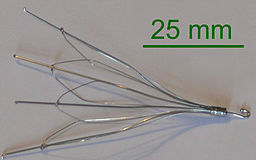
Clients approach their defective product cases in different ways. Some call me with an injury caused by a medical device and say, essentially, “figure it out.” I have no problem with a client taking this position. Others keep detailed notes and meticulous records and send me a package of documents that can be several inches thick. I never require a client to do this initial “leg work,” but it can often jump start a case against the device manufacturer. If you are inclined to be more involved in the process, at least early on, I have noted some important tasks below you can accomplish to launch your hernia mesh case.
Let’s start with two assumptions: (1) you had hernia mesh implanted in your body in the past, and (2) you have suffered injury because of the hernia mesh. Where do you go from there?
Identify Your Product
 North Carolina Product Liability Lawyer Blog
North Carolina Product Liability Lawyer Blog


